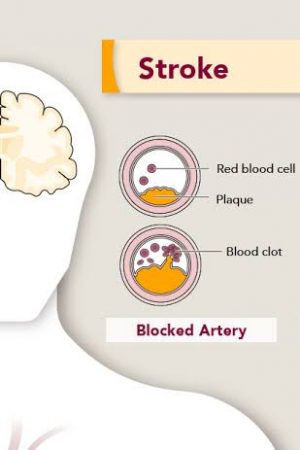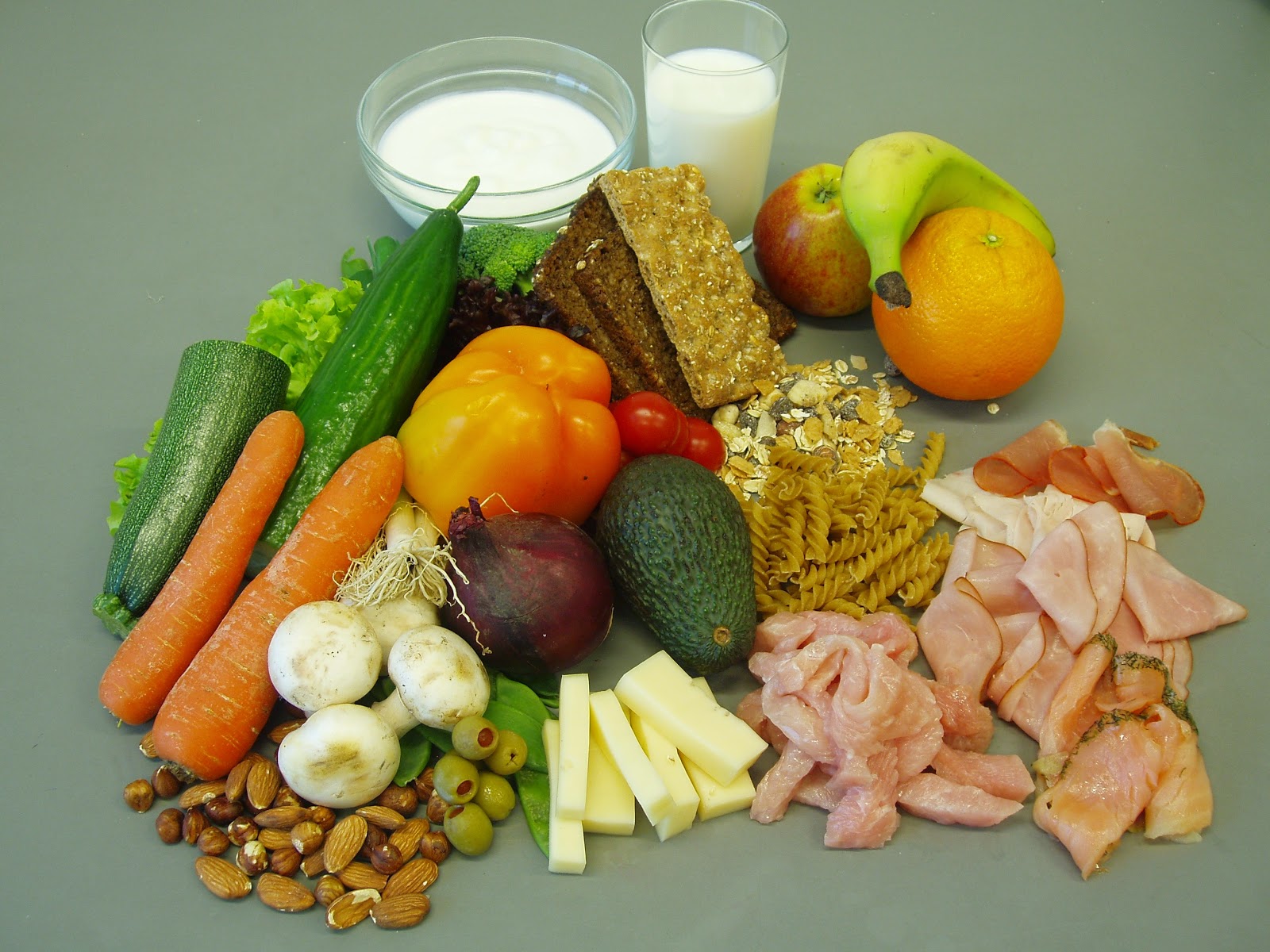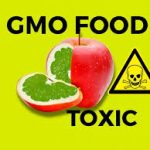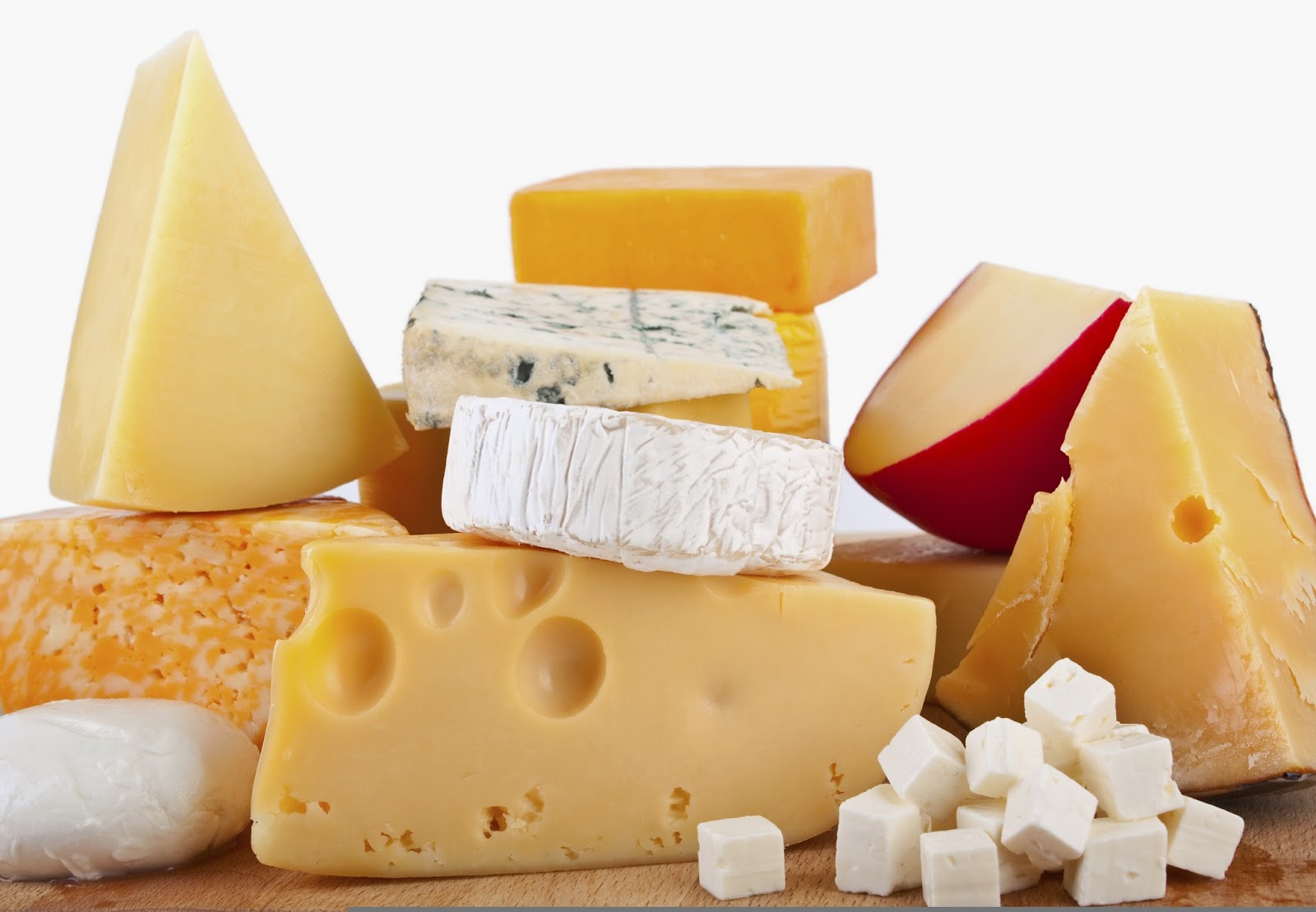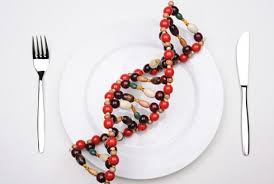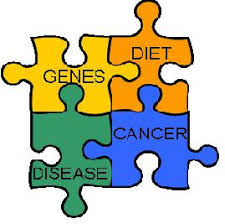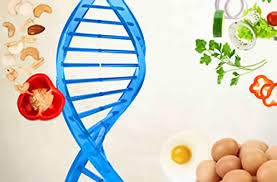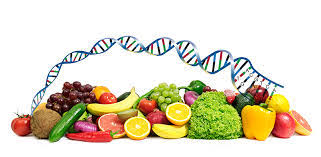I have been in “Gods own Country” a bit and I have discovered that Genetically Modified Foods are big in the USA (well they have a knack for infusing science unto everything, God bless America). For one they’re cheaper and I can tell you they taste terrible. See, I’m a Dietitian and somehow expected to practice what I preach “rolls eyes”. Now here’s the problem, I started the trip down Nutrition Lane in a country where you could have an orange hankering and you walked to your local“junction” and bought three for 50 Naira (roughly 7 cents). Back home, we didn’t have much of a problem with Genetically Modified Foods. People simply planted, fertilizer with animal droppings and in due course plucked their healthy, ripened, fleshy and tasty fruits and vegetables.
Recently there has been a huge campaign toward the healthy lifestyle, including the DGA 2020, MyPlate and so on, still I find with it an exponential increase in Genetically Modified Foods and allied products. Nothing is left to naturally mature and produce anymore, everything has to be genetically and chemically induced to produce more, shorten time of production or generally increase income. I agree there is some rationale for this including pest resistance but surely there should be more sustainable ways to do protect crops than to modify them genetically. I can’t remember the last time I had a banana I actually enjoyed in the States. Even milk here tastes watery. The organic food alternative is more expensive and inaccessible compared to the Genetically Modified Foods. It pisses me off.
Therefore, I’m going to dwell a little on Genetically Modified Foods, reasons for these alterations and all that scientific stuff that leaves our yummies tasting all goooey.
What are Genetically Modified Organisms/Foods?
According to World Health Organization, ‘’’Genetically modified organisms (GMOs) are organisms (i.e. plants, animals or microorganisms) in which the genetic material (DNA) has been altered in a way that does not occur naturally by mating and/or natural recombination. ’’ The technology has been termed “modern biotechnology or gene technology or genetic engineering’’. It allows selected individual genes to be transferred from one organism into another, also between non-related species. Foods produced from or using organisms are often referred to as GM foods.
GMOs and Crossbreeding
Genetically modified foods or have had their genes manipulated as opposed to the traditional cross breeding. What is cross breeding? A Crossbreed is an organism with purebred parents of two different breeds, varieties, or populations. Cross breeding is the process of breeding an organism often with the intention to create offspring that share the traits of both parent lineages, or producing an organism with hybrid vigor. Genetic engineering techniques allow for the introduction of new traits as well as greater control over traits of these plants and organisms than previous methods such as selective breeding and mutation breeding.
A Little Background on GM Foods in the USA:
Commercial sale of genetically modified foods began in 1994, when Calgene first marketed its unsuccessful Flavr Savr delayed-ripening tomato. Most genetic modifications have primarily focused on cash crops in high demand by farmers such as soybean, corn, canola and cotton. Recently I have seen them delve deeper into regular produce such as my darling banana, plantain and grapes.
Some Genetically modified foods have been engineered for resistance to pathogens and herbicides and for better nutrient profiles. GM livestock have been developed, although as November 2013 none were on the market. In the United States, the Department of Agriculture (USDA) and the Food and Drug Administration (FDA) favour the use of “genetic engineering” over ‘’genetic modification’’ as the more precise term.
Why are GM foods produced at all?
Having gone through the meaning of GM Foods, I know some people would still wonder why GM Foods are produced. Asides their watery, empty taste, are GM foods safe? Are they regulated nationally? What are the issues of concern for human health? The answers to these questions have been prepared by WHO in response to the above questions and concerns from WHO Member State Governments with regard to the nature and safety of genetically modified foods. I would summarize them shortly.
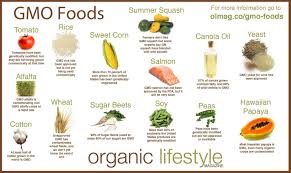
◦ GM foods are developed and marketed because there is some perceived need or advantage either to the producer or consumer (and of course to the producers pockets) of these foods. This is meant to translate into a product with a lower price, greater benefit (in terms of durability or nutritional value) or both.
◦ Another major objectives for developing plants on GM organisms is to improve crop protection from pests and herbs. The GM crops currently on the market are mainly aimed at an increased level of crop protection through the introduction of resistant strains and species to plant diseases caused by insects or viruses or through increased tolerance towards herbicides.
◦ Resistance against insects is achieved by incorporating into the food plant the gene for toxin production from the bacterium Bacillus thuringiensis (Bt). This toxin is currently used as a conventional insecticide in agriculture and is safe for human consumption. Genetically Modified Foods that inherently produce this toxin have been shown to require lower quantities of insecticides in specific situations, e.g. where pest pressure is high. Virus resistance is achieved through the introduction of gene from certain viruses which cause disease in plants. Virus resistance makes plants less susceptible to disease caused by viruses, resulting in higher crop yields. Now if these methods have long-term effects on consumers, would be discussed below, be patient.😒
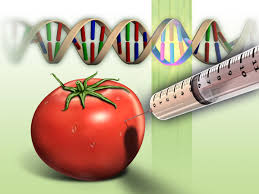
What are the main issues of concern for human health?
If you ask me, with my meager knowledge of science, anything that introduces an external new-to nature compound to a perfectly natural entity would have repercussions but since I have not done any research on it, the people who have posit that the three main issues debated as regards Genetically Modified Foods are their potentials to provoke allergic reaction (allergenicity), gene transfer and outcrossing.
◦Allergenicity: As a matter of principle, the transfer of genes from commonly allergenic organisms to non-allergic organisms is discouraged unless it can be demonstrated that the protein product of the transferred gene is not allergenic. While foods developed using traditional breeding methods are not generally tested for allergenicity, protocols for the testing of GM foods have been evaluated by the Food and Agriculture Organization of the United Nations (FAO) and WHO. Therefore, no allergic effects have been found relative to GM foods currently on the market. Hmmmm.. okay. If y’all say so.
◦Gene Transfer: 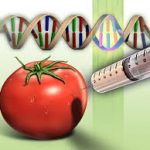 Genes transferred from Genetically Modified Foods to cells of the body or to bacteria in the gastrointestinal tract would cause concern if the transferred genetic material adversely affects human health. This would be particularly relevant if antibiotic resistance genes, used as markers when creating GMOs, were to be transferred. Although the probability of transfer is low, the use of gene transfer technology that does not involve antibiotic resistance genes is encouraged. All these hullabaloo and we still can’t cure cancer 🤦♂️
Genes transferred from Genetically Modified Foods to cells of the body or to bacteria in the gastrointestinal tract would cause concern if the transferred genetic material adversely affects human health. This would be particularly relevant if antibiotic resistance genes, used as markers when creating GMOs, were to be transferred. Although the probability of transfer is low, the use of gene transfer technology that does not involve antibiotic resistance genes is encouraged. All these hullabaloo and we still can’t cure cancer 🤦♂️
◦Outcrossing: The migration of genes from genetically modified foods/organisms into conventional cops or related species in the wild (referred to as “outcrossing”), as well as the mixing of cops derived from conventional seeds with GM crops, may have an indirect effect on food safety and food security. Cases have been reported where GM crops approved for animal feed or industrial use were detected at low levels in the products intended for human consumption. Several countries have adopted strategies to reduce mixing, including a clear separation of the fields within which GM crops and conventional crops are grown. Of course when have we given humans a meter and they didn’t try to take a kilometer?
◦Are GM foods safe?
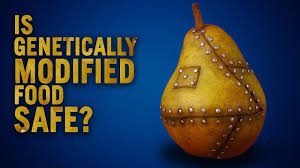
Different GM organisms include different genes inserted in different ways. This means that individual GM foods and their safety should be assessed on a case-by-case basis and that it is not possible to make general statements on the safety of all GM foods. Meaning, they’re not safe but they can’t tell you so they don’t get in trouble. I’m kidding lol. But seriously, I’ve common across plenty studies that say GMOs could cause cancer and other mortal disease conditions. Of course! What do you expect when you try to manipulate something God wants you to let be 🤦♂️
◦ GM foods currently available on the international market have passed safety assessments based on the Codex Alimentarius principles and, where appropriate, adequate post market monitoring, should form the basis for ensuring the safety of GM foods. Whatever you say, Alice.
Are GM foods regulated nationally?
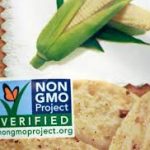 The way governments have regulated GM foods varies. In some countries, GM foods are not yet regulated. Countries which have legislation in place focus primarily on assessment of risks for consumer health. Countries which have regulatory provisions for GM foods usually regulate GMOs in general, taking into account health and environmental risks, as well as control and trade-related issues (such as potential testing and labeling regimes). In view of the dynamics of the debate on GM foods, legislation is likely to continue to evolve. And trust me when I say all theses are done with profitability in mind first.
The way governments have regulated GM foods varies. In some countries, GM foods are not yet regulated. Countries which have legislation in place focus primarily on assessment of risks for consumer health. Countries which have regulatory provisions for GM foods usually regulate GMOs in general, taking into account health and environmental risks, as well as control and trade-related issues (such as potential testing and labeling regimes). In view of the dynamics of the debate on GM foods, legislation is likely to continue to evolve. And trust me when I say all theses are done with profitability in mind first.
Well, I’m not crediting or discrediting Genetically Modified Foods, I understand the rationale behind them and you should too. That doesn’t mean you should eat the lot of them; there are reasons why they are safer and more accessible to you. When you can, please sought out and have organically grown or at lease partly organic foods. Trust me they have lots more goodness (nutrients and phytochemicals) than GMOs. If you can afford a garden, plant a few corn, tomatoes, potatoes and tomatoes. You’d love them more than most store-bought foods no matter how organic the claim. Plus you can be sure of how you grow them so that in 20 gears time there won’t have been an accumulation of some blah in your cells.
Me? I’m about to go back to Nigeria for a week just to have good old Dabinu, garden eggs, real natural watermelons and by God a natural banana/plantain! 😩


